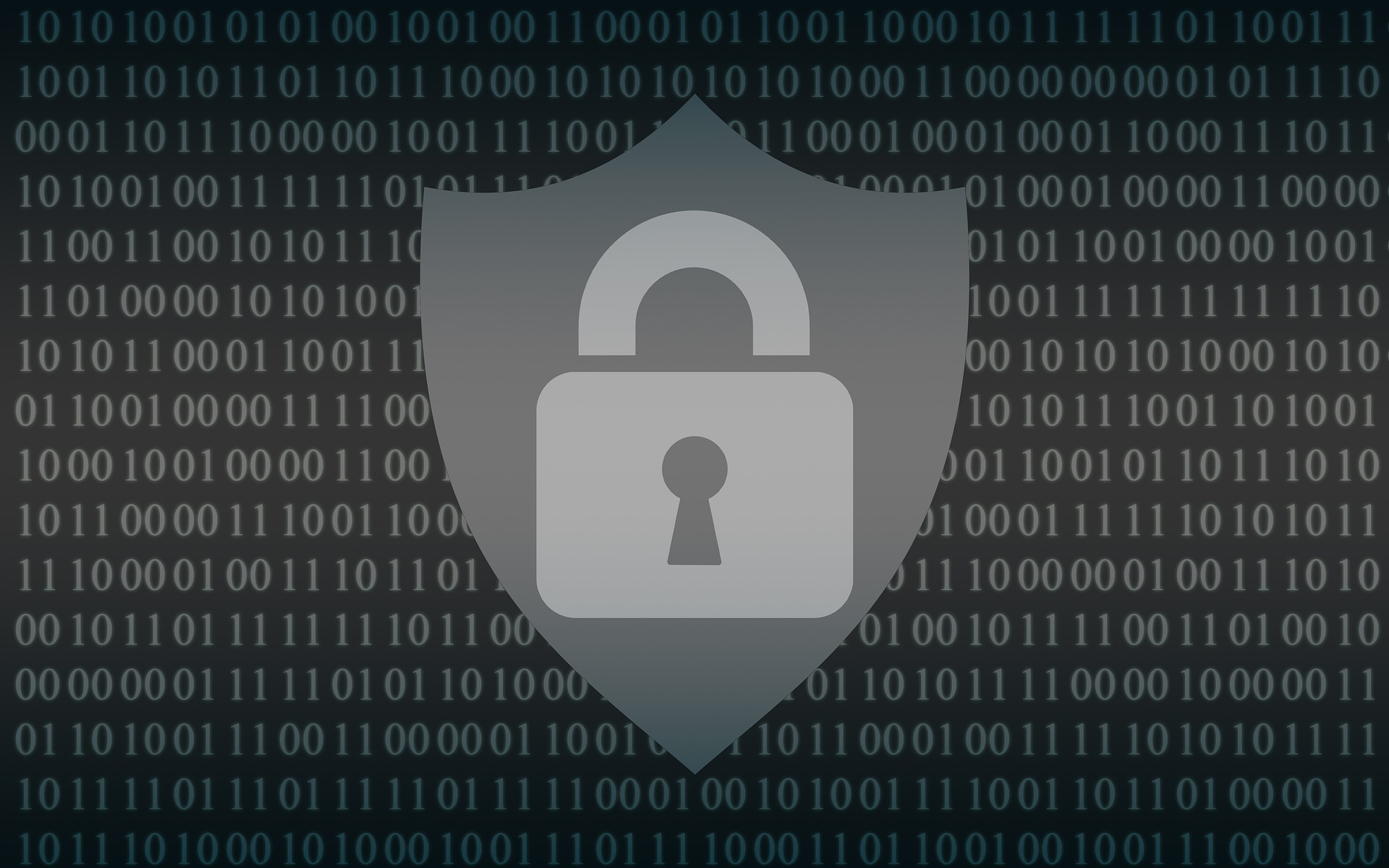In this digital age, keeping our computers virus-free is more important than ever. With hackers becoming increasingly sophisticated, it’s crucial for us to be proactive in protecting our devices and personal information. But where do we start?
The Importance of Keeping Your Computer Virus-Free
The first step in maintaining a virus-free computer is understanding why it’s essential. Computer viruses can cause a range of issues, from slowing down your system to stealing your personal data. They can infiltrate your computer through various means, such as malicious email attachments, infected websites, or software downloads.
Not only can viruses compromise the integrity of your computer, but they can also put your sensitive information at risk. Imagine having your banking details, passwords, or personal documents falling into the wrong hands. The potential consequences are alarming, making virus prevention a top priority.
Common Ways Computer Viruses Can Infect Your Computer
To effectively protect your computer, it’s crucial to be aware of the common ways viruses can infiltrate your system. Some of the most prevalent methods include:
- **Phishing Emails**: Hackers often send deceptive emails disguised as legitimate organizations, persuading you to click on malicious links or download infected attachments.
- **Infected Websites**: Visiting compromised websites or clicking on suspicious ads can lead to drive-by downloads, where malware is automatically installed on your computer without your knowledge.
- **Unsecure Downloads**: Downloading software, files, or media from untrusted sources can expose your computer to potential viruses.
- **Removable Devices**: USB drives or external hard drives can carry viruses, especially if they have been connected to infected computers.
- **Outdated Software**: Failing to update your operating system, web browsers, or other software can leave vulnerabilities that hackers can exploit.
By understanding these common infection vectors, you can take proactive measures to protect your computer and avoid falling victim to viruses.
Best Practices for Preventing Computer Viruses
Prevention is the key to keeping your computer virus-free. By following these best practices, you can significantly reduce the risk of infection:
- **Install Reliable Antivirus Software**: Choose a reputable antivirus program that offers real-time protection, regular updates, and comprehensive scanning capabilities.
- **Practice Safe Browsing Habits**: Be cautious when clicking on links or downloading files from unfamiliar sources. Avoid visiting suspicious websites and enable browser security features.
- **Keep Your Software Updated**: Regularly update your operating system, web browsers, plugins, and other software to patch security vulnerabilities and ensure optimal protection.
- **Enable Firewall Protection**: Activate the built-in firewall on your computer to create a barrier against unauthorized access and potential virus infections.
- **Exercise Caution with Email Attachments**: Be wary of email attachments, especially from unknown senders. Scan attachments with your antivirus software before opening them.
- **Be Mindful of Social Engineering Tactics**: Hackers often use social engineering techniques to trick users into downloading or executing malicious software. Be skeptical of unsolicited requests or offers that seem too good to be true.
By adopting these preventive measures, you’ll significantly reduce the chances of your computer falling prey to viruses and other malware.
Choosing the Right Antivirus Software
When it comes to choosing antivirus software, it’s essential to select a solution that meets your specific needs. With a plethora of options available, consider the following factors:
- **Features**: Look for antivirus software that offers real-time scanning, automatic updates, web protection, email scanning, and firewall capabilities.
- **Performance**: Assess the impact of the antivirus software on your computer’s performance. Opt for a solution that provides robust protection without slowing down your system.
- **User-Friendliness**: Consider the ease of use and user interface of the antivirus software. Look for intuitive controls and a clean interface that allows you to manage scans, updates, and other settings effortlessly.
- **Customer Support**: Ensure that the antivirus software vendor offers reliable customer support, including timely responses to queries and regular software updates.
By carefully evaluating these factors, you’ll be able to choose an antivirus solution that offers optimal protection against viruses and other malware.
Installing and Updating Antivirus Software
Now that you’ve chosen the right antivirus software, it’s crucial to install it correctly and keep it up to date. Follow these steps to ensure your antivirus software provides maximum protection:
- **Download the Software**: Visit the official website of the antivirus software vendor and download the latest version of the software.
- **Run the Installer**: Locate the downloaded file and run the installer. Follow the on-screen instructions to install the antivirus software on your computer.
- **Configure the Settings**: Once installed, configure the antivirus software settings according to your preferences. Enable real-time scanning, scheduled system scans, and automatic updates for optimal protection.
- **Update the Software**: Regularly check for updates and install them promptly. Antivirus software vendors release updates to address new threats and vulnerabilities, ensuring your computer stays protected against the latest viruses.
By correctly installing and updating your antivirus software, you’ll have a robust defense against viruses and other malware.
Conducting Regular System Scans
Installing antivirus software isn’t enough; you also need to conduct regular system scans to detect any potential threats. Follow these guidelines for effective system scanning:
- **Schedule Regular Scans**: Set up your antivirus software to conduct scheduled system scans. Choose a time when your computer is typically idle, such as during the night.
- **Scan External Devices**: Before accessing files from USB drives or external hard drives, scan them with your antivirus software to ensure they are free of viruses.
- **Perform Full System Scans**: In addition to scheduled scans, periodically perform full system scans to thoroughly examine your computer for any hidden infections.
By regularly scanning your computer, you’ll be able to identify and eliminate viruses before they can cause significant damage.
Additional Steps for Enhanced Computer Security
To further enhance your computer’s security and keep it virus-free, consider implementing the following additional measures:
- **Enable Automatic Updates**: Ensure that your operating system, web browser, and other software are set to automatically update. This way, you’ll benefit from the latest security patches and bug fixes.
- **Use Strong and Unique Passwords**: Create strong, complex passwords for all your online accounts. Avoid reusing passwords across different platforms, as this can leave your accounts vulnerable to hacking.
- **Enable Two-Factor Authentication**: Whenever possible, enable two-factor authentication for your online accounts. This adds an extra layer of security by requiring a verification code in addition to your password.
- **Backup Your Data**: Regularly back up your important files and documents to an external hard drive or cloud storage. In the event of a virus infection or system failure, you can restore your data without significant loss.
By implementing these additional security measures, you’ll fortify your computer’s defenses and minimize the risk of viruses compromising your data.
Dealing with Virus Infections
Despite our best efforts, there may be instances where our computers become infected with viruses. If you suspect a virus infection, follow these steps to mitigate the damage:
- **Disconnect from the Internet**: Immediately disconnect your computer from the internet to prevent the virus from spreading or communicating with its source.
- **Boot into Safe Mode**: Restart your computer and boot into Safe Mode. This mode loads only essential system files, making it easier to identify and remove viruses.
- **Run a Full System Scan**: Use your antivirus software to perform a full system scan and remove any detected viruses or malware.
- **Seek Professional Help**: If you’re unable to remove the virus on your own, consider seeking assistance from a professional computer technician or the technical support of your antivirus software vendor.
Remember, prevention is always better than cure when it comes to computer viruses. By following the preventive measures outlined in this article, you’ll minimize the chances of encountering virus infections.
Conclusion: Maintaining a Virus-Free Computer
Keeping your computer virus-free is an ongoing endeavor that requires a combination of preventive measures, robust antivirus software, and responsible online behavior. By understanding the common ways viruses can infiltrate your computer and implementing best practices, you can protect your device and personal information from potential threats.
Remember to choose reputable antivirus software, install and update it regularly, and conduct system scans to detect and eliminate viruses. Additionally, implement additional security measures such as enabling automatic updates, using strong passwords, and backing up your data.
With these strategies in place, you can navigate the digital landscape with confidence, safeguarding your computer and personal information from malicious software. Don’t let viruses compromise the integrity of your computer; take the necessary steps to keep it virus-free and secure.


Recent Comments